Education University of Liege | Alma mater University of Liege Name Joseph Plateau | |
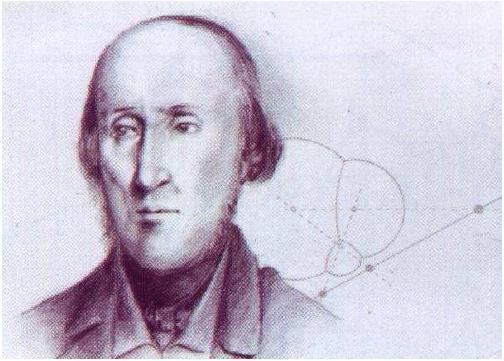 | ||
Born 14 October 1801 , Brussels ( 1801-10-14 ) Died September 15, 1883, Ghent, Belgium | ||
Phenakistoscope tribute to joseph plateau
Joseph Antoine Ferdinand Plateau (14 October 1801 – 15 September 1883) was a Belgian physicist. He was one of the first people to demonstrate the illusion of a moving image. To do this he used counter rotating disks with repeating drawn images in small increments of motion on one and regularly spaced slits in the other. He called this device of 1832 the phenakistiscope.
Contents
- Phenakistoscope tribute to joseph plateau
- Joseph plateau et le phenakistoscope
- Biography
- Academic career
- Research
- References
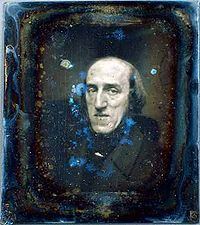
Joseph plateau et le phenakistoscope
Biography
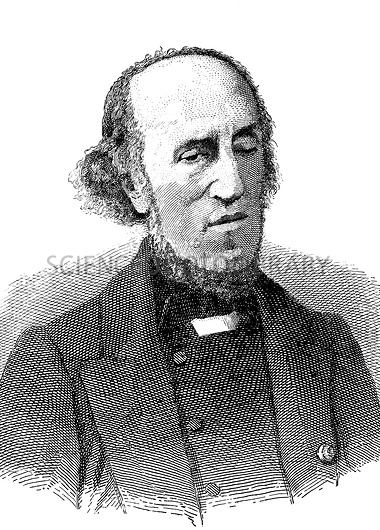
His father, born in Tournai, was a talented flower painter. According to Van der Mensbrugghe (1885, p. 390), at the age of six the young Joseph Plateau was already able to read, and this made him a child prodigy in those times. While attending the primary schools, he was particularly impressed by a lesson of physics: enchanted by the seen experiments, he promised himself to penetrate their secrets sooner or later. He used to spend his school holidays in Marche-Les-Dames, with his uncle and his family: his cousin and playfellow was Auguste Payen, who later became an architect and the principal designer of the Belgian railways. At the age of fourteen he lost his father and mother: the trauma caused by this loss made him fall ill.
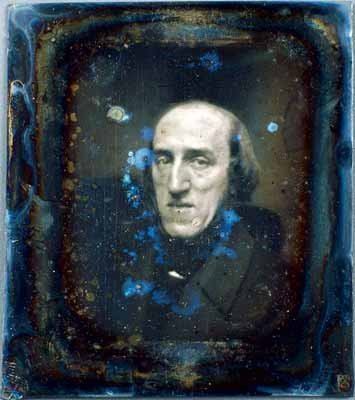
On 27 August 1840 he married Augustine–Thérèse–Aimée–Fanny Clavareau: they had a son a year later, in 1841. His daughter Alice Plateau married Gustaaf Van der Mensbrugghe in 1871, who became his collaborator and later his first biographer.

Fascinated by the persistence of luminous impressions on the retina, he performed an experiment in which he gazed directly into the sun for 25 seconds. He lost his eyesight later in his life, and attributed the loss to this experiment. However, this may not be the case, and he may have instead suffered from chronic uveitis.

In 1872 he became foreign member of the Royal Netherlands Academy of Arts and Sciences.
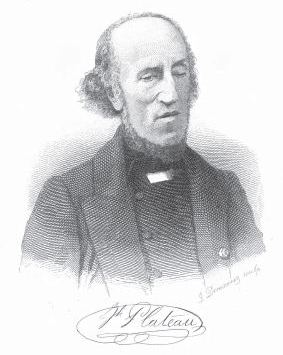
He died in Ghent.
Academic career
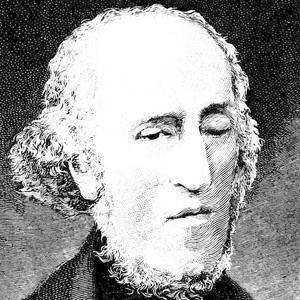
Born in Brussels, he studied at the University of Liège (Liège), where he graduated as a doctor of physical and mathematical sciences in 1829.

In 1827 he became a teacher of mathematics at the "Atheneum" school in Brussels.
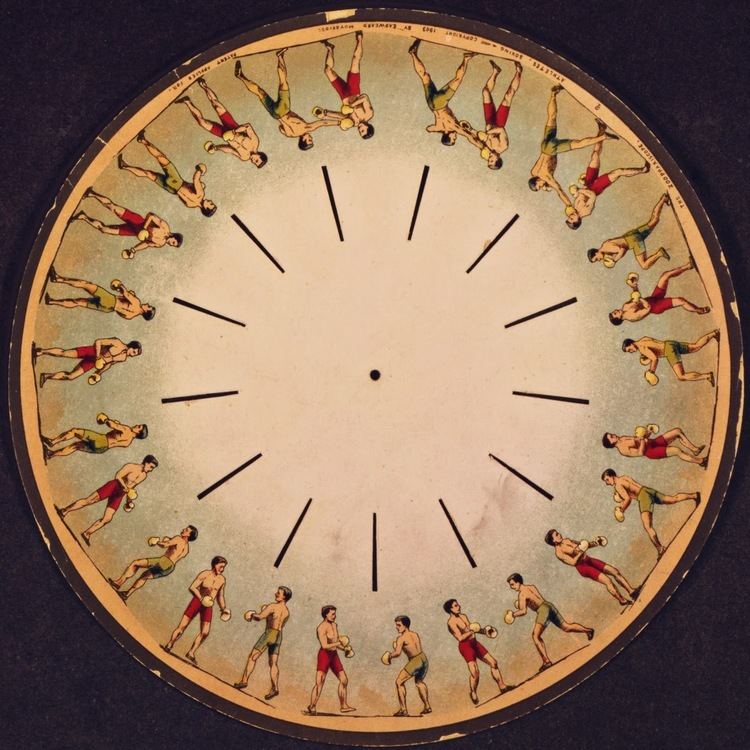
In 1835, he was appointed Professor of experimental physics in Ghent University.
Research
In 1829 Joseph Plateau submitted his doctoral thesis to his mentor Adolphe Quetelet for advice. It contained only 27 pages, but formulated a great number of fundamental conclusions. It contained the first results of his research into the effect of colours on the retina (duration, intensity and colour), his mathematical research into the intersections of revolving curves (locus), the observation of the distortion of moving images, and the reconstruction of distorted images through counter revolving discs (he dubbed these anorthoscopic discs). In 1832, Plateau invented an early stroboscopic device, the "phenakistoscope", the first device to give the illusion of a moving image. It consisted of two disks, one with small equidistant radial windows, through which the viewer could look, and another containing a sequence of images. When the two disks rotated at the correct speed, the synchronization of the windows and the images created an animated effect. The projection of stroboscopic photographs, creating the illusion of motion, eventually led to the development of cinema.
Plateau also studied the phenomena of capillary action and surface tension. The mathematical problem of existence of a minimal surface with a given boundary is named after him. He conducted extensive studies of soap films and formulated Plateau's laws which describe the structures formed by such films in foams.
